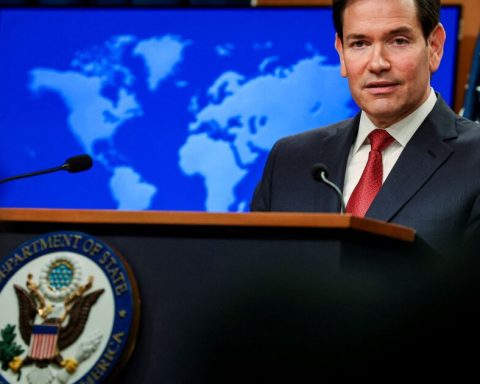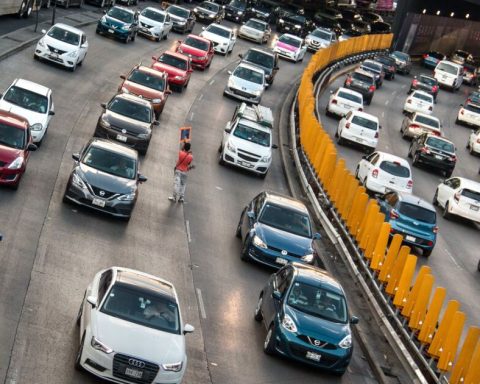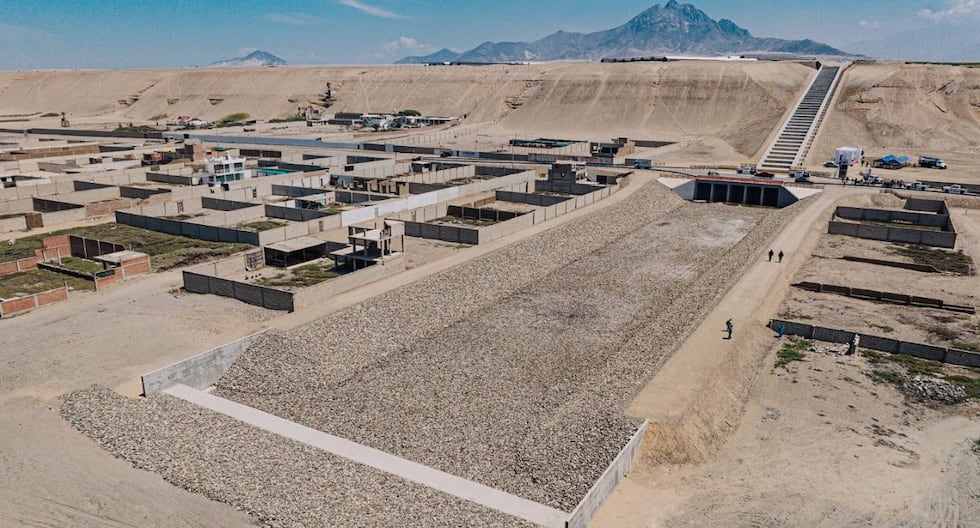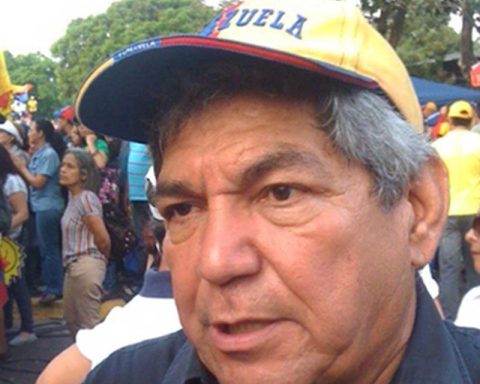▲ Venezuelan Álvaro Calderini carries his niece across a river near Bajo Chiquito, in Panama, after crossing the Darién from Colombia.Photo Ap
Angel Gonzalez
Special for La Jornada
La Jornada Newspaper
Saturday, January 18, 2025, p. 4
Caracas. Venezuelan migration is undoubtedly an obligatory and well-worn topic when referring to the land of Simón Bolívar. During recent years there has been an important wave of Venezuelans who have mainly chosen South American countries as their destination, starting with neighboring Colombia and Brazil, and then highlighting Peru, Chile and Ecuador, to which Mexico joins in North America.
There is a lot of data circulating about the number of migrants coming from Venezuela, some very dissimilar, depending on the source. The International Organization for Migration (IOM) and the United Nations Refugee Agency (UNHCR) have published figures periodically and constantly growing. The most recent data places migration from this country at 7.89 million by December 2024.
However, the Venezuelan government manages other amounts. In his annual message to the National Assembly this January 14, President Nicolás Maduro offered 2.5 million as the official figure for Venezuelan migration, of which, he clarified, 1.5 million emigrated between 2018 and 2019. This is what he said: Only in the tough years, 2018 and 2019, one million 500 thousand Venezuelans left. At a global level, official data says that approximately 2 million 500 thousand left. Almost one million 200 thousand have already returned
.
We have, then, that there is a very big difference between the official figures provided by the Venezuelan government and those of the United Nations (UN) agencies dedicated to dealing with the situation in Venezuela. The latter are concentrated in a platform called R4V or Interagency Coordination Platform for Refugees and Migrants from Venezuela.
Biased figures
For sociologist Rocy Albarrán, professor at the Central University of Venezuela (UCV) and specialist in data analysis, the reports presented by this institutional racket, created in 2018 at the expense of a request from the UN Secretary General, Antonio Guterres, are to look at them with a keen eye.
The researcher believes that These agencies brought together a multitude of NGOs linked in different ways to parties, personalities and even corporations belonging to the political bloc opposed to the Venezuelan government.
. In his opinion, this condition of origin means that the assertions of this platform and the organizations that make up or feed it have a dangerous bias, whose political intention should not be ignored
.
Furthermore, he argues, NGOs and even agencies belonging to or linked to the UN system They are completely dependent on funding sources, where the United States government always and by far dominates, which become the power behind these humanitarian facades.
.
Indeed, when reviewing the funding sources of one of the main organizations responsible for the R4V platform, the IOM, it can be seen that the United States government contributes 41 percent of the total budget. Added to this are the European Union (13 percent) and the governments of Germany (8), Canada (6) and the United Kingdom (3 percent). In 2023 alone, these countries contributed $3.4 billion to the IOM. This list fully coincides with that of the governments that have imposed sanctions on Venezuela the most.
The origin of the wave
To understand Venezuelan migration, it is essential to analyze the characteristics and origin of the recent wave, which began in 2014. The Venezuelan government places the beginning of the systematic aggression against the South American country’s economy by the United States in that same year.
According to the Venezuelan Anti-Blockade Observatory, an analysis platform belonging to the Bolivarian Ministry of Economy, Washington’s sanctions against Caracas began in December 2014, when the US Congress approved Law 113-278: Public Law for the Defense of Human Rights and the Civil Society in Venezuela.
The instrument indicates the legal framework (legal framework) for future actions of the White House policy towards Venezuela.
The Venezuelan writer José Negrón Valera, doctor in social sciences (UCV), anthropologist (UCV) and with a master’s degree in philosophy of war (Bolivarian Military University), affirms that the causes of Venezuelan migration They have to do with the systematic and sustained destruction of the economy over time, with a strategy of encirclement and suffocation that involves the application of unconventional war tactics.
.
Economic tools of pressure are used, for example, sanctioning Venezuelan oil, which is the main source of income for both the State and the entire Venezuelan economy. According to data from the Venezuelan Anti-Blockade Observatory, in 2014 12,428 million dollars entered Venezuela and the figure experienced a dramatic drop until reaching an income of only 1,444 million in 2019. This represents a decrease of 91.6 percent.
This evidently caused an internal crisis, because our main source of wealth was affected and the purchasing power and quality of life of Venezuelans collapsed.
says Negron Valera.
The sociologist Albarrán points out that in addition to the economic ones, there are political and media causes: One of the factors was the economic crisis, but also the political crisis that arose as a result of the violent demonstrations organized by the Venezuelan extremist opposition. A good number of streets in almost all the country’s major cities were blocked daily for months; Vehicles, businesses, homes and public institutions were vandalized; They even burned people alive; They shot at those who tried to break through the blockades. They were moments of great tension that had a strong impact on the migration phenomenon.
.
Political manipulation
We all know that the sanctions against the economy were to blame for migration in Venezuela.
said President Maduro on January 14 in his annual message to the nation. According to studies carried out by academics from several universities, coordinated by the Andrés Bello Catholic University (UCAB) and the UNHCR, this makes a lot of sense.
An attempt has been made to characterize the Venezuelan migration as a migration for political reasons or internal conflict, which responds to a clear political intention. Albarrán explains that a network of media and governments was orchestrated that were interested in Venezuela being seen as a disadvantaged country, in crisis, bankrupt, and this was combined with the express offer that these regimes opened the doors to receive Venezuelans. who “fled from the Maduro dictatorship.
Here the possibility of escaping the crisis, of going to other countries, of emigrating was sold, when that had not happened in Venezuela since the 90s.
he explains. And the political manipulation of migration by governments that expressly decided to ally against the Maduro government became a kind of opportunity for people who really found economic reasons as their main reason for migrating.
According to the report data Profile of recent migration reported from Venezuelan homes, published by the UCAB based on the Living Conditions Survey (Encovi), which that university has carried out annually since 2015, The main reason for emigrating abroad that has been reported by Venezuelan households in this context of crisis is related to the need to find job placement opportunities and remuneration levels that are not offered in the country.
.
It is evident that this is an economic migration as a result of the crisis, which in turn is a product of the disappearance of nine out of every 10 dollars that entered the nation before beginning to receive sanctions.
This argument also finds reinforcement in the characterization of Venezuelan migrants, which shows that there is an important group of qualified professionals and technicians who have left their nation and in the receiving country take jobs in elementary occupations
. This, according to the occupation classifier of the International Labor Organization, is the same as going from position 2 and 3 to position 9, the last on the scale.

















